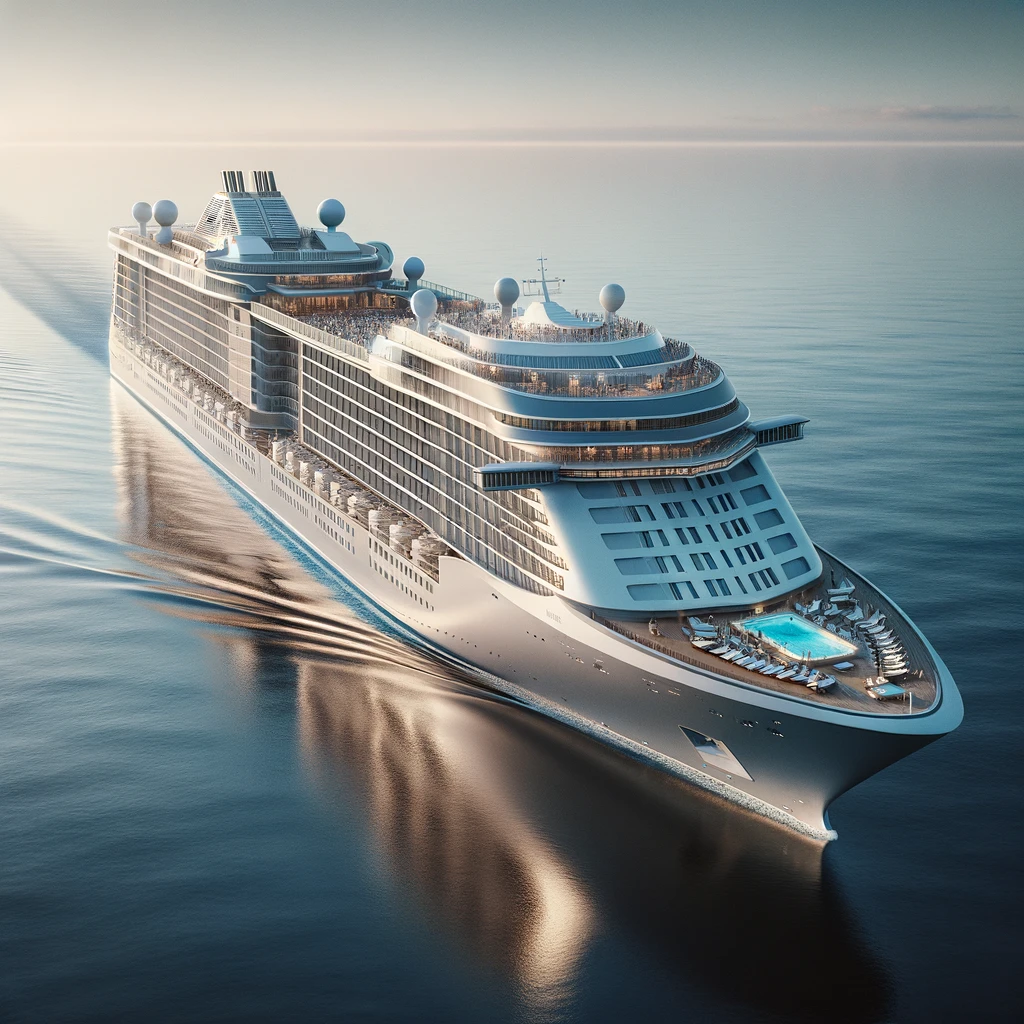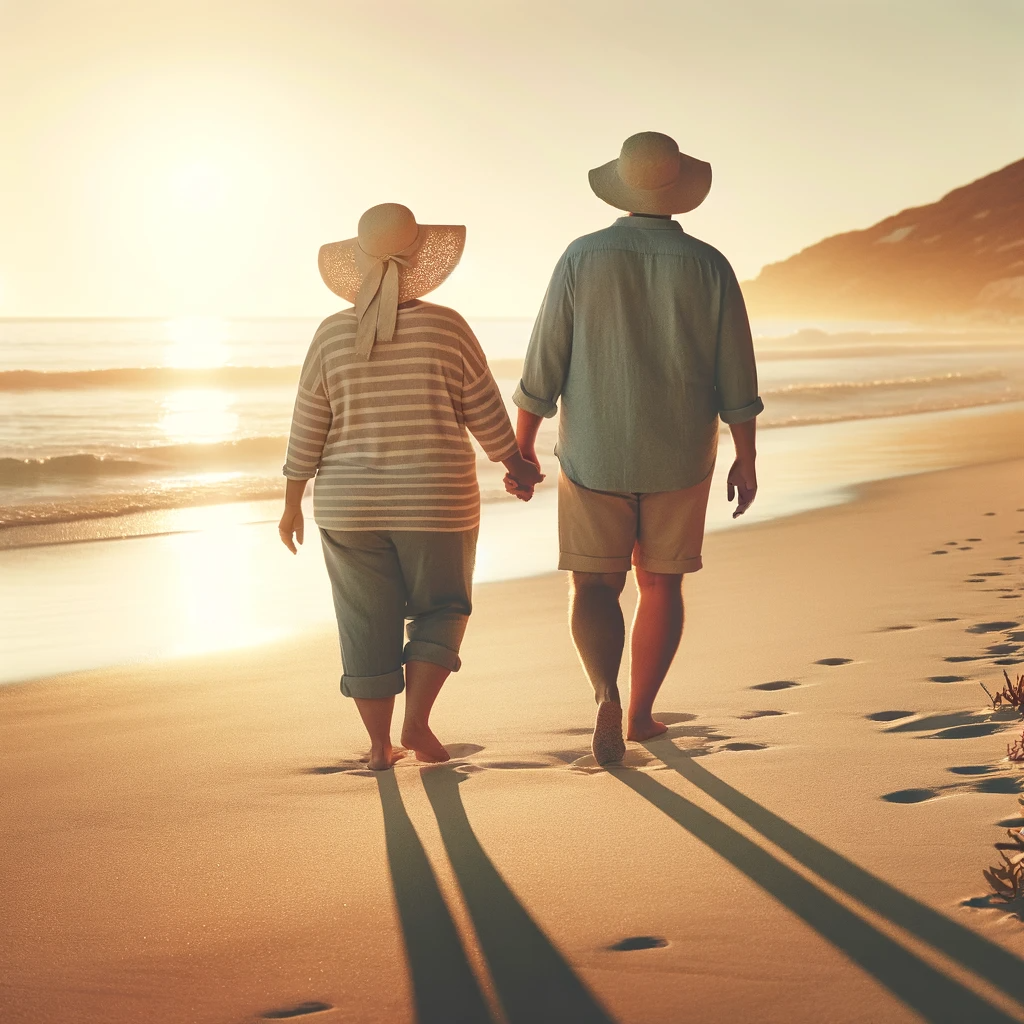Here is an interesting idea. Some people are intimidated by the idea of doing things alone, but others find it liberating. One of the least intimidating ways to travel by yourself is to do so on a cruise. This allows you to see interesting places and to have a built-in way to meet other people along the way and to have guided tours. Recently, USA Today categorized the best cruises for solo travel, and it’s worth taking a look at the list is this is something that has ever been of interest. Here’s a list of the top 10 cruise lines for solo travelers, highlighting their unique offerings:

- No. 10: Seabourn Cruise Line
- Offers small-ship intimacy facilitating easy interactions among passengers.
- Dinner tables hosted by officers to include solo travelers.
- Single supplement starts at 10%.
- No. 9: Cunard
- Features staterooms designed for solo cruisers, with ocean-view and interior options.
- Organized activities and dining options cater to solo travelers.
- No. 8: Norwegian Cruise Line
- Pioneered studio cabins for solo travelers.
- Exclusive access to Studio Lounge for socializing.
- No. 7: Princess Cruises
- Variety of onboard experiences suitable for solo travelers.
- Offers singles-only parties and other inclusive activities.
- No. 6: Holland America Line
- Provides inclusive programming and solo staterooms on some ships.
- No single supplement required for certain accommodations.
- No. 5: Azamara
- Intimate atmosphere with single supplements as low as 25%.
- Inclusive of alcohol, gratuities, and special events.
- No. 4: Viking Cruises
- Offers promotions on single supplements and reduced airfare.
- No assigned seating at meals encourages mingling.
- No. 3: Crystal Cruises
- Single guest rooms with ocean views and inclusive fares.
- Amenities include butler service and free Wi-Fi.
- No. 2: Carnival Cruise Line
- Waives single supplements on a promotional basis.
- A plethora of entertainment options for solo travelers.
- No. 1: Grand Circle Cruise Line
- Leader in solo travel with small-group shore excursions.
- Offers free or low-cost single supplements and a roommate matching program.
Each of these cruise lines provides unique benefits for solo travelers, from reduced single supplements to social gatherings and activities designed to create a welcoming atmosphere for individuals exploring the world on their own. This is certainly a great way to get your feet wet (see what we did there?) as a solo traveler and to see if you enjoy it!





